|| Hardware & Networking Certification Training
A Hardware and Networking course gives students the abilities and information needed to comprehend, install, configure, and troubleshoot networking infrastructure and computer hardware. An extensive range of subjects are covered in this training program, such as operating systems, network protocols, peripherals, computer assembly, maintenance, security, and troubleshooting methods. A Hardware and Networking course is designed to provide comprehensive knowledge and skills related to computer hardware components, networking technologies, and their applications. The course typically covers topics such as computer assembly and maintenance, troubleshooting hardware issues, understanding operating systems, and the principles of networking, including LAN, WAN, IP addressing, and network security. Students learn to configure and manage various network devices like routers, switches, and firewalls, and gain hands-on experience through practical labs and projects.
The benefits of completing a Hardware and Networking course are manifold. Firstly, it equips individuals with the technical skills needed to excel in roles such as IT support, network administrator, and systems analyst, which are in high demand across various industries. This course also opens up opportunities for certifications from leading organizations like CompTIA, Cisco, and Microsoft, which can significantly enhance one's professional credentials. Additionally, the knowledge gained in this course fosters problem-solving abilities and a deep understanding of how technology works, which is crucial for career advancement in the ever-evolving field of information technology. Overall, a Hardware and Networking course serves as a strong foundation for a successful and rewarding career in IT.
Through a combination of theoretical knowledge and hands-on experience, students will learn to configure network devices, ensure network security, and support various operating systems. This course serves as a stepping stone for those looking to build a career in IT support, network administration, or systems analysis, equipping them with the expertise required to excel in a technology-driven world.
Please contact the nearest BIT training institute or send an email to inquiry@bitbaroda.com with any additional questions you may have regarding our Hardware & Networking training course. We offer a free demo by calling us at +91-9328994901. We offer top-notch Hardware & Networking classes in Vadodara-Sayajigunj, Vadodara - Waghodia Road, Vadodara - Manjalpur, Ahmedabad, Anand, and Nadiad.





 4.8 (21,636) reviews
4.8 (21,636) reviews


 Read more
Read more 
